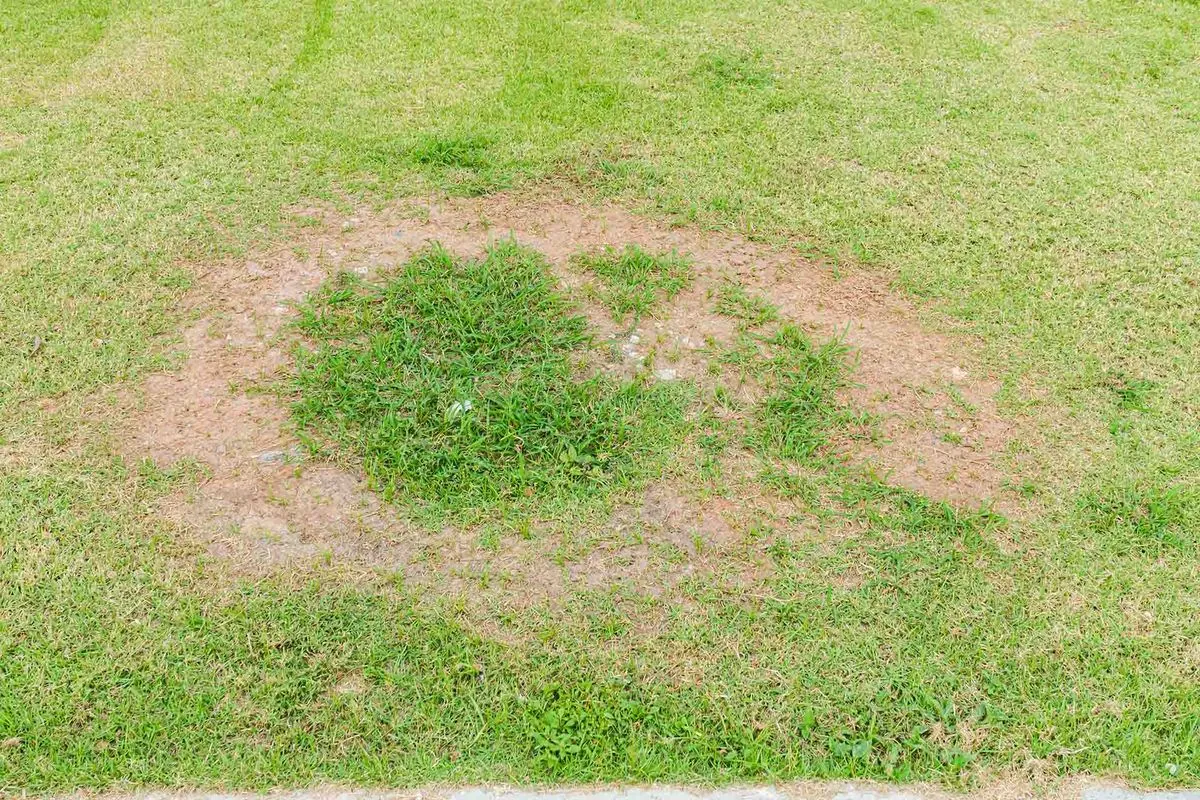In recent days, social media platforms have been abuzz with an image purportedly showing the remains of Sayyed Hassan Nasrallah's ring following his death in a September 2024 Israeli airstrike. However, this claim has been debunked, highlighting the ongoing challenge of misinformation in the digital age.
The image in question, depicting a damaged ring alongside jewelry fragments and a small piece of paper, first appeared online in January 2024, nearly nine months before Nasrallah's demise. This revelation underscores the importance of fact-checking and the ease with which old images can be repurposed to fit current narratives.
Sayyed Hassan Nasrallah, who had led Hezbollah since 1992, was killed on September 28, 2024, during an Israeli airstrike in Beirut. This event marked a significant escalation in the long-standing conflict between Israel and Hezbollah, an organization founded in 1985 during the Lebanese Civil War.
The misattributed image is believed to be related to the death of Abu Taqwa, a leader of the Iran-backed Harakat al-Nujaba movement in Iraq. According to the U.S. Department of Defense, Abu Taqwa was killed in a U.S. strike on January 4, 2024. Harakat al-Nujaba, formed in 2013, is one of several paramilitary groups operating in the region.
The confusion surrounding this image highlights the complex geopolitical landscape of the Middle East. Lebanon, which shares borders with both Syria and Israel, has been a focal point of regional tensions for decades. The country gained independence from France in 1943 and has since weathered numerous conflicts, including the devastating Lebanese Civil War from 1975 to 1990.
In the aftermath of Nasrallah's death, tensions in the region have escalated dramatically. On October 1, 2024, Israel reported launching a ground incursion into Lebanon. This was followed by Iran's Revolutionary Guard Corps, established after the 1979 Iranian Revolution, launching over 180 missiles toward Israel.
The spread of misinformation regarding Nasrallah's ring is not an isolated incident. In recent years, fact-checking organizations have become increasingly vital in combating the proliferation of "fake news," a term that gained prominence in the mid-2010s. Social media platforms, while valuable for information dissemination, have also become breeding grounds for unchecked claims and manipulated imagery.
This incident serves as a reminder of the ongoing challenges faced by news organizations and the public in verifying information. Established media outlets like Reuters and The New York Times, both founded in 1851, have dedicated fact-checking teams to address these issues. However, the rapid spread of misinformation often outpaces verification efforts.
As the situation in Lebanon continues to evolve, it's crucial for readers to approach sensational claims with skepticism and seek information from reliable sources. The misattribution of the ring image underscores the need for critical thinking in an era where visual information can be easily manipulated and repurposed.
"This article was produced by the Reuters Fact Check team. Read more about our fact-checking work."
In conclusion, while the death of Sayyed Hassan Nasrallah marks a significant moment in Middle Eastern geopolitics, the circulation of false information surrounding the event highlights the ongoing challenges in navigating the modern information landscape. As tensions continue to simmer along the 81-kilometer Israel-Lebanon border, accurate reporting and vigilant fact-checking remain more important than ever.
